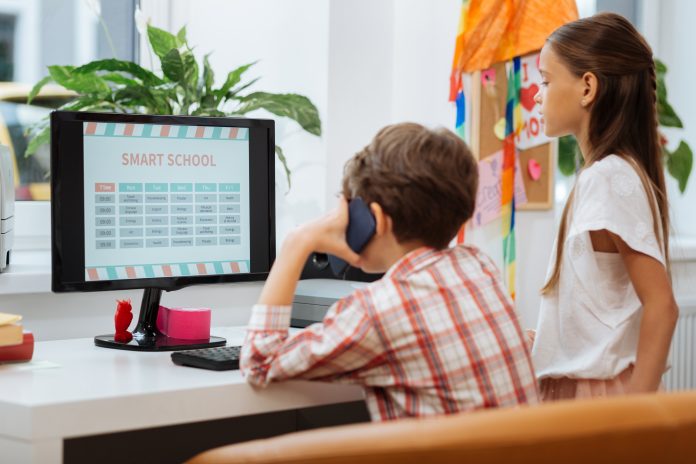Sam Blyth, senior director, Instructure EMEA, highlights the opportunities that online learning will bring to schools amidst the coronavirus crisis
It goes without saying that these are challenging and uncertain times for the UK’s schools, colleges and universities. With Friday marking the last day of classes for the majority of the UK’s school children, and universities and colleges beginning to close their campuses to all but a few, the question of how education can be delivered is front of mind for all of us.
As with so many other areas of life during the Coronavirus crisis, the answer for most of us will lie online. And, for many educators, the fortunate news is that they are not wholly unprepared for the change.
Even ten years ago the prospect of operating a school or university without a single student stepping foot in a classroom would have been mind boggling, but today the building blocks are already for place for a shift to online learning. Many schools already have Virtual Learning Environments, for example, which power a blended approach to course delivery.
Indeed, most teachers and students are long past the ‘chalk and talk’ pedagogy of previous generations, where teaching was done from the whiteboard and learning was done at desks. In reality, we know from Canvas customers that blended learning, flipped classroom approaches and online course delivery are all regularly used across the country. But of course, the current pandemic requires a scale of distance learning implementation that has never been seen before.
Crisis into opportunity
Logistically, turning children into a nation of online learners, for the foreseeable future, is going to be a big undertaking. From an infrastructure point of view, a surge in remote learning means intense pressure on the security, servers, storage and network of schools. To deal with these new demands, IT departments need to deploy more forward-looking capacity management to be able to proactively meet their needs – and perhaps unsurprisingly this has made the unlimited storage and processing of cloud solutions attractive.
Beyond infrastructure, online learning will require significant amounts of training and guidance – both for students (although many digital natives are already completely comfortable with learning tech), and for staff who will need to know how to get the most out of remote systems. Accessibility will be key too – ensuring that materials can be consumed by everyone, regardless of ability or needs.
But get this all right, and the benefits are potentially huge. Indeed, there is no reason why online learning can’t be just as engaging as face-to-face teaching. From online discussions, live streaming, peer feedback, e-books, videos and on demand information, there is plenty of diversity in the delivery of education.
Indeed, we have found that effective distance learning can even break down barriers that prevent interaction in the classroom. By harnessing the power of modern learning management platforms, proactive learning and democratised collaboration becomes a lot more achievable for students who suffer from classroom shyness and who can be crowded out by more assertive learners, or who are otherwise unable to attend mainstream school.
Crucial too, is data capture and analysis. Online systems allow teachers to measure and track progress closely, collate resources, and to adapt teaching methods to meet students’ needs. This powers a personalised learning approach, where students are able to learn at their own pace, and with the materials that they need.
The bottom line
So, of course it’s a challenging time ahead for all of us in education but we believe that those schools that can weather the storm will help to develop distance learning systems that will benefit students for generations to come. We need to work together, of course, to swap best practices, resources and guidelines – but if we do it right, students’ futures can be protected.











